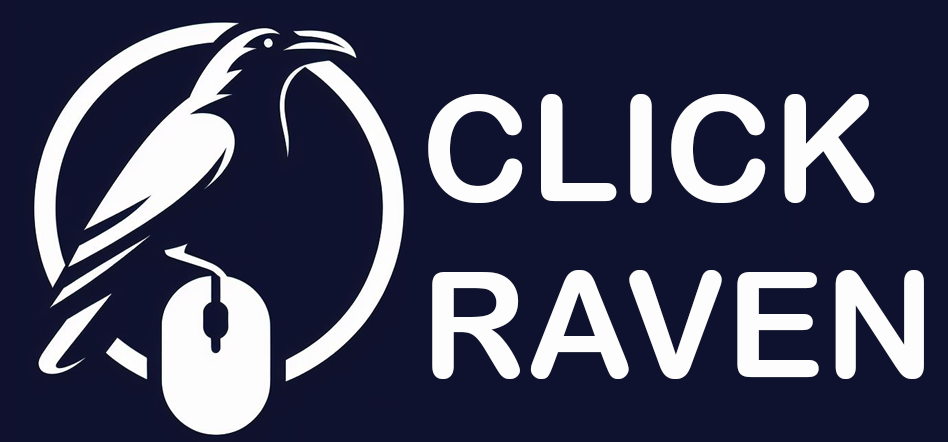Knowing the best time to publish a blog post can help you reach more people and boost your engagement whenever you publish a new post.
What is the best time for your new blog post?
Many bloggers prefer to publish their posts at a time when everyone is online. Similarly, some bloggers publish affiliate marketing content when their audience has time to engage with their content and share it with friends. How do you determine what these times are?
The good news is that many brands have already researched this. The bad news is that the results are very conflicting.
For example, consider the recommended time to publish a new blog post to earn social shares.
1. The Best Time to Publish for Social Shares
When they researched the best day to publish posts to enjoy high social shares, TrackMaven found that Sunday works best. In contrast, Backlinko and BuzzSumo found no difference in the number of social shares across the week’s days.
If you’re already confused, prepare to get even more confused. The answer to the best time to publish a blog post for social shares is even more complex.
TrackMaven recommends publishing at 3 p.m., but Shareaholic recommends 9–10 a.m. Furthermore, Shareaholic outlines 9 a.m. to 5 p.m. as the peak time for social shares.
Researchers have also recommended publishing your blog post at other times, depending on your end goal. Consider these times when determining the best time to publish a blog post.
In particular, Shareaholic, BuzzSumo, and Kissmetrics have recommended the best time to publish if you want to attract high traffic, a high volume of comments, and high authority backlinks.
2. The Best Time to Publish for Traffic
According to Kissmetrics and Neil Patel, the best time to publish if you want many page views is Monday at 11 a.m. Similarly, Shareaholic has recommended Monday at 9 a.m.
3. The Best Time to Publish for Comments
According to research by Kissmetrics, the best time to publish your blog post is Saturday at 9 a.m. EST if you want high engagement.
4. The Best Time to Publish for Backlinks
Kissmetrics also recommends publishing your blog post early on Monday or Thursday morning if you want to attract backlinks. According to their study, you can earn these backlinks as early as 7 a.m. EST.
What Is Truly the Best Time to Publish a Blog Post?
As you can see, if you pay attention to all the research, your head will spin before determining the best time to publish a blog post.
Here at Kontely, we like to present confusing data in infographics or graphs to make it easier to understand. However, these recommendations are too contradictory for us to simplify, even with the magic of an infographic.
We aren’t going to put all this contradictory information in one place. However, the least we can do is find some common elements in these research results. From what we can see, it seems that:
- Monday morning between 9 a.m. and 11 a.m. is an excellent time to publish if you want to attract traffic
- 9 a.m. to 5 p.m. is the peak time for generating social shares
- Off-peak times like weekends are the best time to publish if you wish to high engagement
In addition, according to “The Science of Timing” webinar hosted by Dan Zarrella:
- 80% of blog readers read blog posts in the morning
- Conversely, 60% of men will read a blog post in the evening compared to 50% of women
In other words, Zarrella believes that if your target audience is men, you will have more page views in the evening.
This might seem like a simple solution to our problem. However, you can’t just slot these times into your blog editorial calendar without trial and error to determine if they work for your brand.
The Best Time to Publish a Blog Post for Your Brand
Let’s be honest for a moment here. We could have done the research and then given you one magical time to publish all your blog posts from now on. Even if we do that, many factors come into play when finding the best time to post your content.
The optimal time prescribed by one researcher may not work for your brand, industry, or target audience.
So, instead of trying to arrive at one magical answer to this question, we’d like to help you figure out the best time to publish a blog post specifically for your brand. To do this, we’d like to shift your focus.
We won’t consider the answer to this question as a single optimal time. Instead, let’s admit that there are many ways to optimize the timing of your blog posts. How do you optimize this timing?
1. Publish Consistently
Nailing the timing might be a big deal to you. Even so, publishing blog posts consistently is far more critical than publishing them at the right time. If you publish consistently, then you can also:
2. Build Trust
Blogging consistently builds trust with your target audience, who slowly rely on you as a source of valuable information.
Once your readers know that you publish on specific days or several times a week, they will start coming to you to check out your new pieces. This will happen even when you haven’t told them there is a new blog post. Reading your blog will become a natural part of their daily or weekly routine.
3. Boost Your Organic Traffic
Blogging consistently is also good for your SEO ranking on Google. If you’re committed to posting consistently, then Google will recognize you as a source of consistent information. As a result, you will rank higher in the search results when someone searches for a topic you’ve written about.
4. Build Brand Awareness
By improving your SEO ranking on Google, you also improve the chances of people stumbling upon your blog. If more people stumble upon your blog, then more people will know who your brand is.
So, what does it mean to post consistently?
According to a study by HubSpot, brands that publish 16 (or more) times each month get 3.5 times more traffic than those that publish 0 to 4 times monthly. That translates to 4 posts each week.
However, it’s essential to consider your team size before you commit to this blogging schedule. It might be unrealistic for one person to write four blog posts each week if they also have other responsibilities.
If you have several content creators, it’s easy to divide those 16 blog posts among them. However, most brands only have one blogger. In this case, 2-3 blog posts a week might be a more bearable workload for them.
Remember, quality is always better than quantity. Writing two or three excellent blog posts is better than writing four sloppy ones.
If you want to publish 16 blog posts a week but have a small team, then guest posting is a good option.
5. Post Time-sensitive Articles Immediately
Sometimes, you have a time-sensitive article to publish. For example, you could have written a review of the newest iPhone or a blog post related to recent news.
You can’t wait for a prescribed time to arrive before publishing your blog post. If you do that, you risk losing readers to competitors who’ve published their content before you. By the time you publish your blog post, your target audience will have gotten their information elsewhere.
If your blog article contains breaking news, you should publish it immediately. This will help you engage your audience while they’re still interested.
6. Profile Your Target Audience
Do you work in the B2B industry? If so, publish as many weekly blog posts as possible.
A B2B target audience will engage more with your content during the week. This is when they’re looking for solutions to their business problems, so you should capitalize on this time.
You should take time to develop a B2B content marketing strategy to effectively convert this B2B crowd into paying clients.
7. Pay Attention to Changing Seasons
Changing seasons affect the type of content your target audience wants to read. For example, people devour blog posts about vacations and travel during the summer. Similarly, people will look for more educational material if there’s a massive conference in your industry.
In the same way, people will be more open to informative content during the week. On the other hand, they will want more entertaining content when trying to relax at the end of the week.
8. Find Out What Works for You
Above all, you need to find out what timing works best for you to optimize the timing of your blog posts.
Relying on the peak times recommended by Kissmetrics and BuzzSumo is a good idea. On the one hand, adopting these times will help you reach large audiences. On the other hand, you’ll be competing with hundreds of different brands who are publishing at the same time.
In other words, if you publish during peak times, your content might be drowned out by all your competitors. Ultimately, your target audience might never see your blog posts if this happens.
For this reason, it’s essential to figure out what works for your brand. You can do this in one of two ways:
9. Trial and Error
You can publish content at different times and then analyze the metrics to determine the best times. You can use tools like Google Analytics or Ahrefs to measure your website traffic and engagement with your content.
10. Analyze Your Data First
Alternatively, you can measure your website traffic first, then determine what times will work best in the future.
11. Prioritize The Time You Share
The time when you share your blog post on social media is more critical than when you publish. Different social media platforms have different recommended times for posting. However, finding out what works for your social media audience is still essential.
What Is the Best Time to Publish a Blog Post for My Brand?
As you can see, there is no one answer to this question. Many factors, including the content of your blog post, your target audience, and your industry, will influence the best time to publish your blog post.
Instead of trying to find one magical time, it’s better to find out how to optimize the timing of your blog posts. With the tips above, you’ll find many optimal times for publishing posts in the future.

